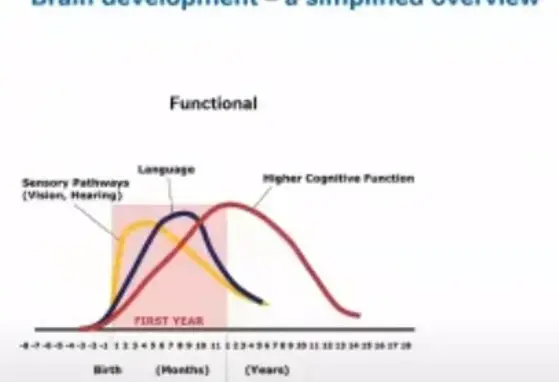The Growth Chart: A Screening Tool For Nutritional And Health Disorders In Childhood

One of the unique attributes of children is growth. An appropriate and adequate growth in children is not only a reflection of good health but also an indirect pointer to the health status of the community.1 Growth monitoring in children should be of veritable benefit in the care of children. The objective tool for this exercise is the Growth Chart.2
The growth chart consists of grid of lines referred to as percentiles. Depending on the design the percentiles (centiles) can range between the 3rd and 97th or between the 10th and 90th centiles. From a historical perspective, growth chart has evolved from periods when the use of single country growth child was used as a world standard. The vogue now is to use internationally acceptable standard. 1, 3The World Health Organization (WHO) is in the forefront of this scheme with its WHO GROWTH CHART having world wide use. The argument for a universal chart is that there is increasing evidence that growth patterns of well-fed healthy preschool children from diverse ethnic backgrounds were comparable. In 2006, the WHO, in conjunction with United Nation Children’s Fund and others, released new international growth charts depicting the growth of children from birth to five years who had been raised in six different countries (Brazil, Ghana, India, Norway, Oman and USA). The children would have been exclusively breast fed to be included in the cohort.4 The details of the development of the WHO chart are available in one of the several publications on the subject.5
Growth charts typically differ for boys and girls because of disparity in their growing pattern. There are also two sets of growth charts for each gender. One range between birth and 24months and the other between 2 and 18 years. 3 The parameters that can be charted include weight, height/length, head circumference, Body Mass Index (BMI), and Triceps Skin Fold.
The charts are available either in percentiles or in Z- scores (standard deviation from the mean). A child whose height is on the 90th percentile is taller than 90% of his or her age matched peer. 6 While a single plot provides useful information a longitudinal plot is preferred. Any deviation from reference values could be a pointer to nutritional, endocrine or any other health problems. Indices such as weight for age, weight for height and height for age indicate underweight, wasting and stunting respectively.
Growth charts can also be used to predict adult height where there is concern for this.6 This prediction is only an estimate of how tall the child will be based on the heights of the parents
It is no longer in doubt that growth perturbations have long term health consequences 7and proper use of growth chart will be useful in identifying children with growth challenges early and by extension intervene as it is deemed necessary. All health workers and care givers of children should be encouraged
to show interest in growth monitoring and growth chart. Training programs should be organized regularly for Healthcare workers of children to enable them interpret findings on the chart.
It should be stated that the Growth Chart is a screening and Monitoring tool, it is not meant for diagnosing any pathology. Growth deviation which can either be in a downward or upward direction may be due to any of the pathologic entities mentioned earlier.
References.
1. Mercedes de Onis, Ray Yip. The growth chart: Historical considerations and current scientific issues. Porrini M, Walter P (eds) Nutrition in Pregnancy and Growth. Bibl Nutr Dieta. Basel Karger,v1996 No 53,cpp 74-89
2. Use and interpretation of the CDC Growth Charts: An Instructional Guide. National center for Chronic Disease Prevention and Health Promotion
3. Use of World Health Organization and CDC Growth charts for Children Aged 0—59 Months in the United States. Prepared by Laurence M.Grummer-Strawn, PhD, Chris Reinold PhD
4. Promoting optimal monitoring of child growth in Canada: Using the new World Health Organization growth charts. Principal author: Valerie Marchand, member of the collaborative statement Advisory Group, Nutrition and Gastroenterology Committee.: Abridge version: Paediatr Child Health 2010:15(2):77-9
5. Mercedes de Onis, Curtberto Garza, Adelheld W Onyango, Elain Borghi. Comparison of the WHO Child Growth Standards and the CDC 2000 Growth Charts. J. Nutr. Jan 2007 vol. 137 no. 1: 144-148
6. Jan M Wit, Wilma Oostdijk. Predicting adult height from a child’s current height. BMJ 2011; 343:d6032
7. R. Uauy. Early Growth Restriction and rapid Growth in Infancy and Childhood: Long Term health Consequences. Nestle Nutrition Institute Workshop, Goa, India, March 2012
Professor James Kweku Renner
An NNIA Executive Board Member
If you liked this post you may also like



Sunset Series on A Paediatric Update on Brain Development and HMOs

Sunset Series on Brain growth and development: Strategies for the Preschool years
